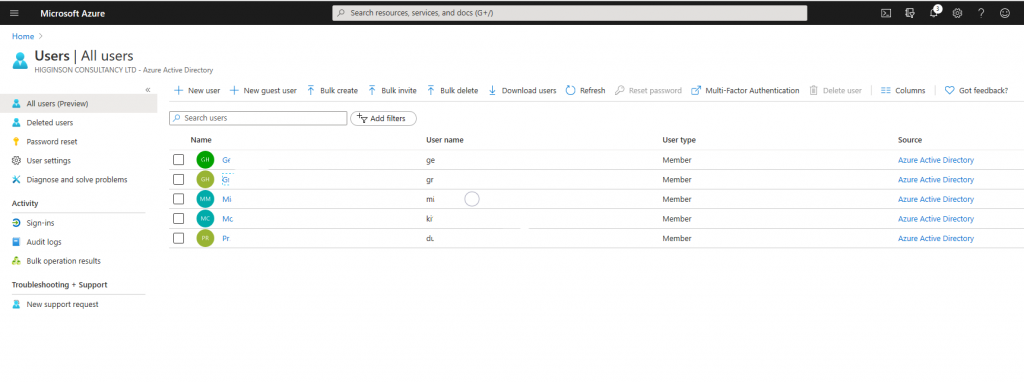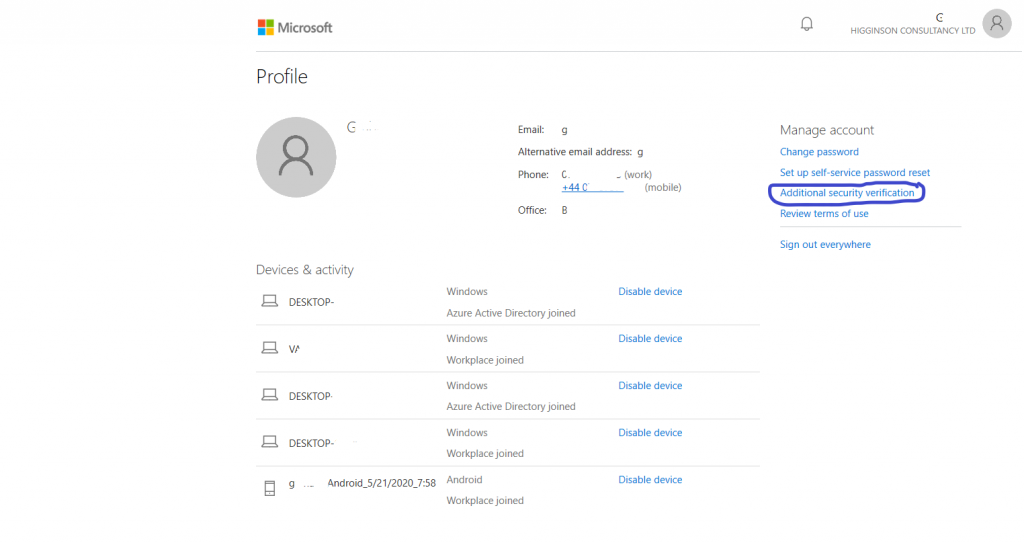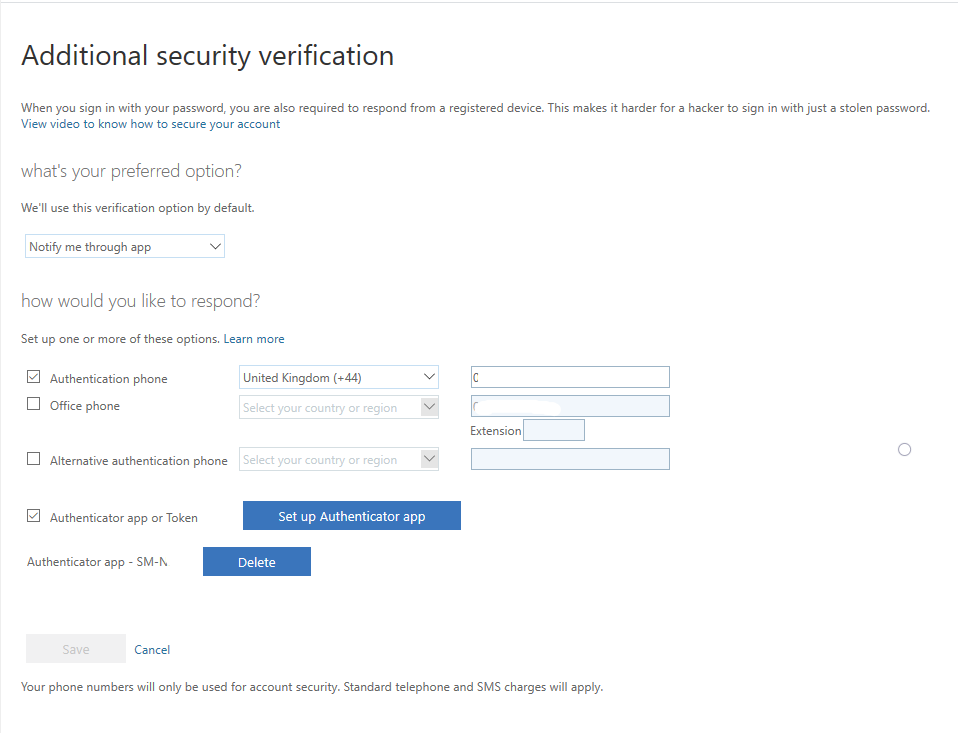Application Packaging Standards are used by organisations to specify how their desktop applications will be repackaged for deployment to desktop and laptop devices.
This makes good sense as it provides standards that should be met for all applications, to reduce errors and ensure that deployments work in all required scenarios. These standards are of particular benefit when bring in external resources for things like desktop transformations, when the new people may have a different idea of what standards to use.
Unfortunately, Packaging Standards often get set in stone and remain unchanged for many years. Being technical documents, the are usually created by one or two, very technical, people, who may have left the organisation since they were written. The application packaging environment has moved on a lot since the early days, but it is amazing how often I come across documents that have not been updated for many years, and are still specifying out of date requirements. These aged requirements are probably adding to the cost of each application that gets packaged. As many organisations can have between 300 and 1000 applications, this can add up to a very substantial outlay, for no good business reason.
Below are some of the mistakes I come across frequently.
1. Specifying that all applications should be repackaged as MSI
This requirement is very outdated. In the early days of application packaging, many installers did not support command line installation. That is very rare these days. Why go to the trouble of repackaging to an MSI when the vendor’s installer may install silently simply by adding /s to the command line? Also, the moment an application is repackaged you will get no support from the majority of software vendors. Using the vendors automation means that vendor support will be maintained.
There are times when repackaging as MSI makes sense. Some application vendors write very poor installation routines and it can sometimes be impossible to automate the install without user intervention. These situation, though, should be rare. Ninety percent, or more, of applications can be successfully installed using the vendors inbuilt automation. Repackaging costs time and money.
2. Very prescriptive and complicated standards
This is often related to mistake 1. Repackaging an application to an MSI allows all sorts of customisation to the installer. Often, though, I struggle to see a valid business reason behind the requirement.
Is there really a proper business need for putting the application shortcuts in a different location from that specified by the vendor? Is removing ALL ICE Errors and Warnings really going to make your package more robust (considering the number of errors and warnings that Microsoft leaves in its products)? Are all those extra Properties really required? Do you really need to remove all those files from an App-V sequence?
Standards are important, but there must be a valid reason for them. otherwise they are simply adding to the packaging costs and keeping application packagers in a job. Remember that you are happy to accept the vendors manual installation, including all the extra files and registry entries that it adds, so why make major changes when automating that installation?
3. Specify a single application packaging type
There are many different packaging types out there these days. MSI, EXE, MSIX, App-V, App-X, ThinApp etc. The moment that you specify a single packaging type you are going to end up spending a lot of time trying to get some of your square applications into the round packaging type hole.
Far better to use the correct packaging type for the job, and support many packaging types. You can have preferred options, for example App-V or MSIX, but don’t expect these to work for all applications.
I always specify multiple applications types, with a default starting point. For example you might have a default package type of App-V, but limit the amount of time spent making this work. Have a fallback position of “vendor supported”, which will be used if your application doesn’t work with the default packaging type.
4. Not including deployment in your Application Packaging Standards
Deployment of a packaged application is the other side of the packaging coin. To not cover it in the packaging standards removes options from the packagers toolkit. Things like application upgrades would normally be handled by the deployment tool/s you normally use.
A deployment test should be performed by the packager who packaged the application so that they can ensure that the package installs correctly.
5. Manual processes not automated
Many packaging processes relay on manual tasks, for example manually creating Applications, Collections, deployments etc in SCCM. It is very straightforward to automate this and both speed up the process and ensure that naming conventions etc are implemented properly.
If you save 15 or 20 minutes per application, that can mean a large time saving on packaging and deploying 300 applications. An identifiable and specific cost saving. But there can be cost savings from ensuring that things like SCCM collections and media deployments are done correctly by using automation. So many times I visit a site and see multiple naming conventions and ways things have been implemented that do not meet the required standards, and automation helps to ensure those standards are always met.
Automation can be implemented a bit at a time, to make implementation easier. People often say that it costs too much time to develop, but I have always seen overall cost savings, for the modest amount of upfront effort and cost.
Use of the automation should be described in your Packaging Standards.





